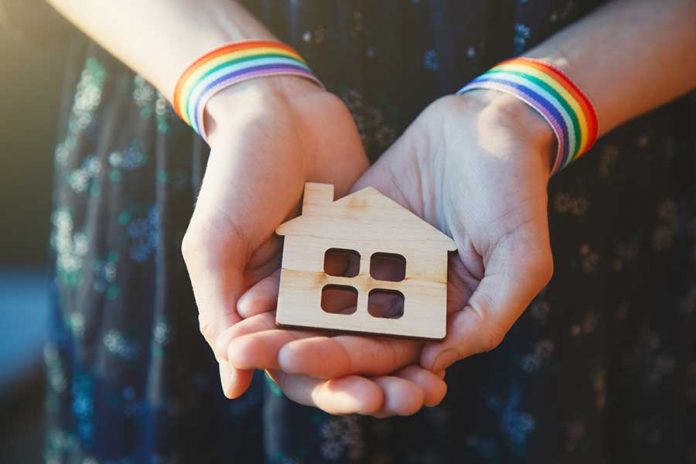The City of Philadelphia released a report Tuesday that outlines priorities for improving care for youth in residential placements. The 19 recommendations, which detail how to strategically reduce the number of youth in residential facilities, were derived from The Youth Residential Placement Task Force that Philadelphia City Council established about a year ago to work on the issue.
Mayor Jim Kenney, along with City Councilmembers Helen Gym and Kenyatta Johnson, Estelle-Richman, task force co-chair, and Tyrone Jones, task force member and representative of the Young Adults Leadership Committee, introduced a plan that intends to create community alternatives to placements and ensure quality care when residential placement is necessary.
City Council established the task force following hearings about abuse in residential placements that impacted youth and families in the child welfare, juvenile justice and behavioral health systems.
In a release, Gym spoke of “sixteen-year-old David Hess, who was murdered at the hands of staffers entrusted with his care,” adding, “I’m committed to the next steps of this work: strengthening city contracts and state licensing to protect all of our kids. This report should be a roadmap and a moral charge for reform.”
Over the last year, the task force, comprised of advocates, city departments, the School District of Philadelphia, City Council, youth and parents, hosted public sessions that 170 people attended. The group also hosted leaders from other jurisdictions to learn about methods for bringing youth closer to home by locating community services.
“This report builds on the ongoing work of City departments to reduce residential placements and reflects how much more we must do to keep kids safe,” Kenney said in a release. “I want to recognize the young people who told their stories and provided their recommendations for this report. It takes bravery and courage to speak up, and their input has been truly invaluable.”
The task force’s vision includes providing high-quality community-oriented services during and after residential placement, the City operating with increased transparency, youth and families acting as policy-makers, prioritizing educational success and working to eliminate racial, gender and LGBTQ-GNC disparities in the residential placement system.
Stephanie Haynes, a member of the task force and executive director at Philadelphia Family Pride said over the next year national experts will work with local leaders to collect data on Philadelphia’s LGBTQ-GNC youth who are “system-involved,” to complete a disparity analysis and quantify disparity reductions. Using that data, Haynes said the group will identify strategies to reduce those disparities.
A 2017 report from Chapin Hall at the University of Chicago noted that LGBTQ youth had a 120-percent-higher risk of experiencing homelessness compared to young people who identified as heterosexual and cisgender. True Colors United reports that LGBTQ youth make up an estimated 40 percent of the youth homeless population, while accounting for only 7 percent of the general population. The nonprofit also reports that 99 percent of homelessness service providers report working with LGBTQ youth.
In Philadelphia, Catholic Social Services lost a court battle this year requiring the adoption agency to place youth with LGBTQ families to continue receiving city funding.
Haynes said she met with a group of LGBTQ youth advocates who relayed that they wanted to feel protected and safe in their living situations. She added, “I look forward to continuing the work to make sure that the report recommendations are implemented and welcome any community feedback.”
About 800 young people live in residential housing facilities, mostly in areas surrounding Philadelphia, and the majority are teenagers of color, the task force report stated. According to the U.S. Department of Housing and Urban Development and the National Alliance to End Homelessness, minorities are 1.5 times more likely to experience homelessness than white Americans. Black Americans are three times more likely. The rate of unsheltered homelessness among Latinx individuals increased by 35 percent in 2017, compared to a 6-percent increase in the non-Latinx community.
“We owe it to our youth to make sure they come out of the system better than they went in, not worse,” Johnson said in a release. “Youth residential placement should be safe, supportive and rare.”
